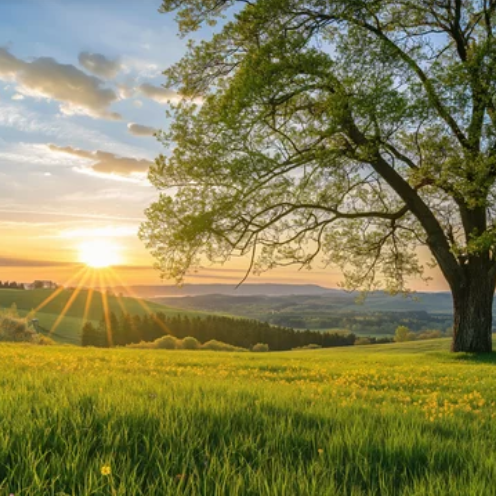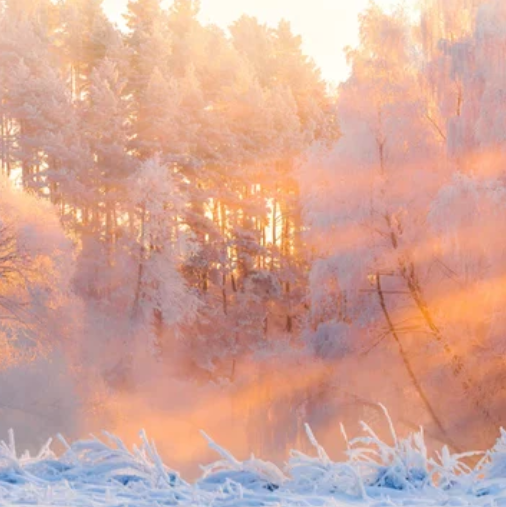DET Sprechen Sie über das Foto 5 - Vorlage und Strategien zur Beantwortung von Fragen zu natürlichen Landschaften
DETSpeak About the Photo 5 -Template und Strategiesie für Answering NaturlichLundlandschaften Typ Fragen
Welcome back to the Speak About the Photo - Template series! In Serie 4, wir haben Beispiel-Fragen und Strategien für Straßenszenen und Architektur untersucht. In diesem Blog werden wir Strategien und Beispiel-Fragen für Fragen vom Typ Naturlandschaften untersuchen.
|
Speak About the Photo |
PPorträts von people |
|
Art |
|
|
SBaumszenen und Architektur |
|
|
Nnatürliche Landschaften |
|
|
ELüftung und Versammlungen |
|
|
Flora und fauna |
|
|
Fschlecht |
|
|
Ichndoor Objekte |
Strategien für EinnsweringNaturla LundscapesTypeQuestionen: Sechs-StepMethode
Wir haben sechs Schritte für die Problemlösungsmethoden im Zusammenhang mit natürlichen Landschaften zusammengefasst, und wir werden diese Schritte anhand des folgenden Bildes analysieren.

1.Beginnen Sie mit dem Gesamteindruck: Beginnen Sie mit einer allgemeinen Beschreibung der Szene, einschließlich der Zeit, des Wetters und der Stimmung, die sie vermittelt.
Example: “This picture shows an expansive meadow under a soft haze, where sunlight streams down from above, creating a dazzling glow.”
2.Beschreiben Sie die Hauptelemente: Identifizieren Sie Schlüsselelemente im Bild, wie Berge, Wälder, Flüsse oder Felder, und verwenden Sie Adjektive, um deren Größe, Form und Farbe zu beschreiben.
Example: “In the distance, we see rolling mountains cloaked in a thin mist, while in the foreground stands a large, twisted tree with lush, green leaves.”
3.Auf Details achten: Heben Sie spezifische Details hervor, die die Szene einzigartig oder interessant machen. Dies könnte ungewöhnliche Pflanzen, Tiere oder natürliche Formationen umfassen.
Beispiel: “The meadow is dotted with bright yellow flowers, gently swaying in the breeze, which adds a vibrant touch to the serene landscape.”
4.Verwende sinnliche Sprache: Beschreiben Sie mögliche sensorische Erfahrungen, indem Sie das Aussehen, die Geräusche, Gerüche oder taktilen Empfindungen der Szene detailliert beschreiben.
Example: “You can almost feel the warmth of the sun on your skin and hear the soft rustling of leaves as the gentle wind passes through the tree branches.”
5.Erzeugen Sie eine Atmosphäre: Verwenden Sie einen Wortschatz, der Gefühle oder Stimmungen vermittelt, um die durch das Bild hervorgerufenen Empfindungen oder die Atmosphäre auszudrücken.
Example: “The overall feeling of this scene is one of tranquility and beauty, evoking a sense of peace and relaxation for the viewer.”
6.Verwende Vergleiche und Metaphern: Verbessern Sie die Beschreibung, indem Sie Elemente im Bild mit anderen Objekten vergleichen und Gleichnisse verwenden oder Metaphern.
Example: “The clouds are like delicate cotton puffs drifting in the sky, while the sun is a radiant orb illuminating the landscape with its warm embrace.”
Beispielantwort: This picture shows an expansive meadow under a soft haze, where sunlight streams down from above, creating a dazzling glow. In the distance, we see rolling mountains cloaked in a thin mist, while in the foreground stands a large, twisted tree with lush, green leaves. The meadow is dotted with bright yellow flowers, gently swaying in the breeze, which adds a vibrant touch to the serene landscape. You can almost feel the warmth of the sun on your skin and hear the soft rustling of leaves as the gentle wind passes through the tree branches. The overall feeling of this scene is one of tranquility and beauty, evoking a sense of peace and relaxation for the viewer. The clouds are like delicate cotton puffs drifting in the sky, while the sun is a radiant orb illuminating the landscape with its warm embrace.
DerEinnswerTVorlage fürNaturalLundszenen Questionen
Besondere Notiz: In den Mustersätzen gibt es zwei Textfarben. Schwarz steht für feste Phrasen, während Blau flexible Phrasen anzeigt.
1. The picture captures a [adjective] [natural feature or landscape], with [element 1] and [element 2], creating a [adjective] visual spectacle.
2. The [nature or outdoor view] in the photo is characterized by its [adjective][flora or fauna], such as [specific plant or animal], which [effects on the environment or ecosystem].
3.In the image, the [nature or outdoor view] offers a [adjective] perspective of the [specific location or region], with [geographical feature 1] and [geographical feature 2], which [effect on the viewer].
4.The [nature or outdoor view] in the photo is set against a [adjective] [sky or atmospheric condition], with [feature or effect 1] and [feature or effect 2], creating a [adjective] ambiance.

Beispielantwort: The photo captures a breathtaking winter landscape, with snow-covered forests and golden sunlight filtering through the trees, creating a mystical visual spectacle. The outdoor view is characterized by its tranquil atmosphere, with thick layers of snow that reflect the sunlight, enhancing the serene environment. As the sun rises, it casts a warm glow, illuminating certain areas with soft pinkish hues that add depth to the scene's beauty. In the image, the winter scene offers a captivating perspective of the stillness of nature, as the interplay of light and shadow creates a beautiful ambiance that invites contemplation. This enchanting moment, where the chill of winter meets the warmth of dawn, evokes a sense of peace and wonder, making it a truly awe-inspiring sight. The combination of crisp air and gentle sunlight creates a magical atmosphere, reminding viewers of nature's ability to inspire and soothe the soul.
Weiterführende Literatur:
lDETSprechen Sie über das Foto 1 -Vorlage und Strategieiesfür Answering Portraits vonPeople Typ Fragen
lDET Sprechen Sie über das Foto 2 -Vorlage und Strategien für Answeren Transportart Fragen
lDER Über das Foto sprechen 3 -Vorlage und Strategiesie für Enswering Art Typ Fragen






